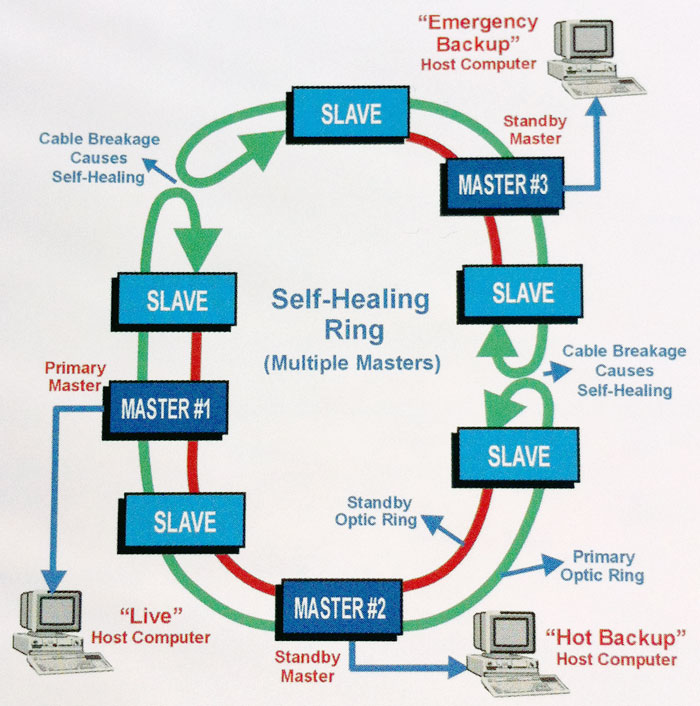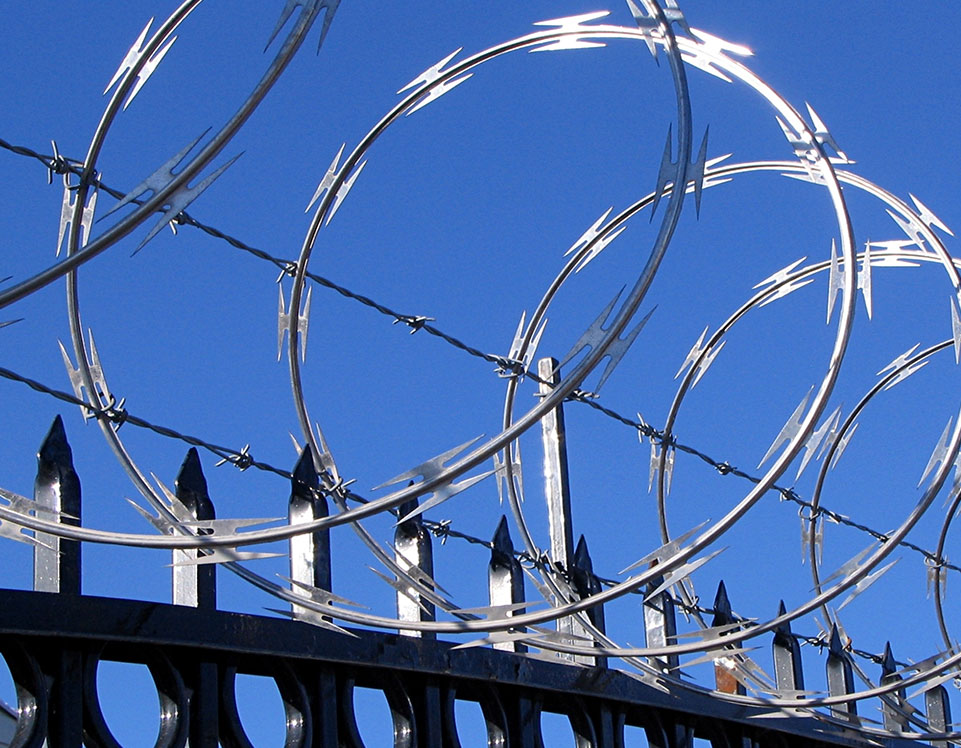The Process of Installing a Fiber Optics Infrastructure for Security Installations in Your Building
The Process of Installing a Fiber Optics Infrastructure for Security Installations in Your Building
Blog Article
The Ultimate Guide to Fiber Optic Security Solutions for Your Service
In an age where safety and security concerns are extremely important for companies, comprehending the ins and outs of fiber optic innovation can be transformative. This overview details exactly how integrating fiber optic security systems not just enhances data protection yet likewise supplies advantages like resistance to interference and real-time tracking capacities.
Understanding Fiber Optic Innovation

The core of a fiber optic cable contains a thin glass or plastic facility, bordered by a cladding layer that shows light back into the core. fiber optic security system. This layout makes sure marginal loss of signal toughness, also over comprehensive ranges. There are two main sorts of fiber optic wires: single-mode and multi-mode. Single-mode fibers are developed for long-distance transmission, while multi-mode fibers appropriate for shorter distances, usually made use of within buildings.
Optical fiber are not only much faster yet also much more protected than typical wiring. Their intrinsic resistance to electromagnetic disturbance and the trouble of using the signal without detection make them a favored choice for organizations prioritizing data integrity and safety. As organizations increasingly depend on safe and reliable communication systems, comprehending fiber optic innovation ends up being necessary for educated decision-making.
Key Benefits of Fiber Optic Safety And Security
When thinking about safety choices for a business, the advantages of fiber optic systems are particularly engaging. Fiber optic innovation uses outstanding information transmission speeds and bandwidth capacity, making it perfect for managing high-resolution video clip feeds from security electronic cameras. This capacity ensures that protection employees get real-time data, boosting overall feedback times to possible safety hazards.
Furthermore, fiber optic cables are naturally immune to electro-magnetic disturbance, which can jeopardize the integrity of traditional copper-based systems. This resistance ensures that the data transmitted continues to be safe and continuous, giving a much more dependable protection facilities. Furthermore, fiber optics are much less vulnerable to physical damage, as they are made from glass instead of metal, reducing upkeep prices and downtime.
One more significant advantage is the raised scalability of fiber optic systems. As organization requirements advance, fiber networks can be quickly broadened to accommodate added safety and security tools without considerable overhauls to the existing facilities. Ultimately, fiber optic systems offer improved cybersecurity attributes, consisting of encryption abilities that shield delicate data from unapproved access. Jointly, look at here these benefits make fiber optic safety systems a durable selection for companies looking for to enhance their safety procedures.
Installation Process and Considerations
Thinking about the intricacies involved, the installment procedure of fiber optic safety systems requires careful preparation and implementation. The initial action includes a detailed site assessment to determine optimal locations for cabling and tools. This analysis ought to take into consideration ecological elements, existing framework, and prospective vulnerabilities.

Additionally, the installment should adhere to regional building ordinance and market criteria. This may consist of collaborating with different stakeholders such as building supervisors, IT groups, and safety and security personnel to make certain seamless assimilation with existing systems.
Post-installation, rigorous screening is needed to verify system performance and identify any concerns that may develop. By focusing on these factors to consider throughout the installment process, organizations can guarantee a robust and efficient fiber optic security system that satisfies their details security needs.
Most Current Innovations in Fiber Optic Safety
Current innovations in fiber optic technology have substantially enhanced the capacities of security systems for companies. One of one of the most notable innovations is the integration of fiber optic sensors that can find resonances and invasions along the border of a center. These sensing units give real-time surveillance, enabling rapid reaction to prospective breaches.
In addition, the development of dispersed fiber optic picking up technology permits the continual monitoring of big areas with a single fiber wire. This method not only reduces installation prices yet additionally boosts the reliability of monitoring systems by removing the demand for numerous, different sensors.
Moreover, improvements in multiplexing methods have allowed businesses to send huge amounts of data over fiber optic networks, improving the abilities of video security systems. High-def video clip feeds can currently be sent out over fars away without loss of high quality, guaranteeing that safety personnel have accessibility to clear browse around these guys and workable details.
Lastly, view publisher site the usage of expert system (AI) in combination with fiber optic systems is reinventing hazard detection. AI formulas can evaluate information from fiber optic networks to recognize unusual patterns or actions, permitting aggressive protection actions. These advancements jointly represent a substantial jump forward in fiber optic protection innovation.
Picking the Right System for Your Service
Choosing the ideal fiber optic safety system for your organization is important for ensuring ideal protection and assurance. To make an educated choice, assess your certain protection needs, thinking about aspects such as the dimension of your premises, the nature of your operations, and potential susceptabilities.
Begin by evaluating the level of safety called for; as an example, high-risk atmospheres might demand innovative systems with incorporated security and breach discovery capacities. Next off, think about scalability; as your service expands, your protection system should be qualified of increasing to suit increased demands without significant overhauls.
In addition, examine the reliability and performance of different systems. Look for providers with well-known online reputations and consumer testimonies that vouch for their solution high quality. It's also recommended to make inquiries regarding the modern technology's compatibility with existing facilities, guaranteeing a seamless assimilation process.
Verdict
In final thought, fiber optic protection systems offer a robust solution for enhancing business safety frameworks. The most recent innovations further bolster the efficiency of these systems, ensuring that businesses remain secure and versatile in an ever-evolving risk landscape.
Report this page